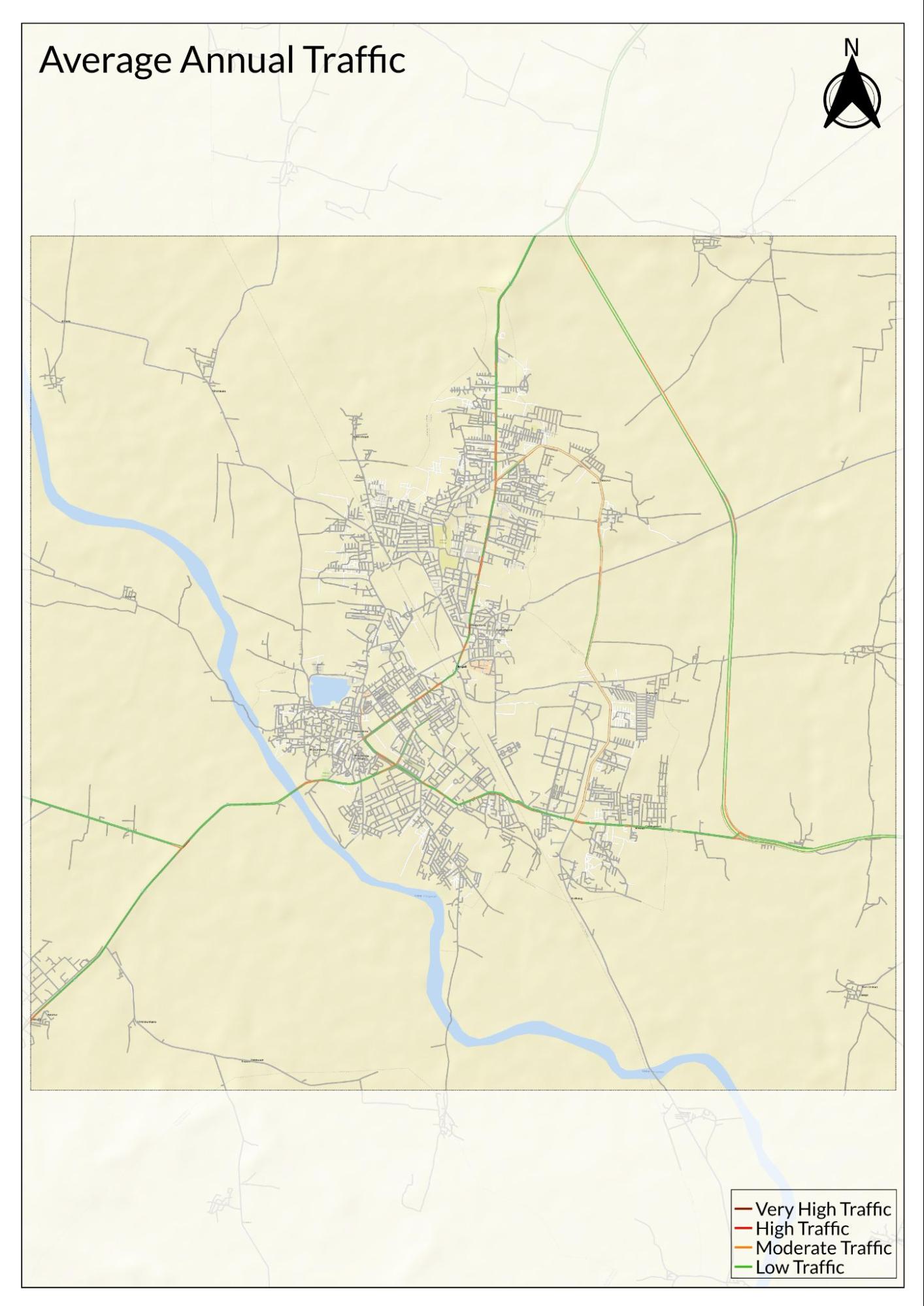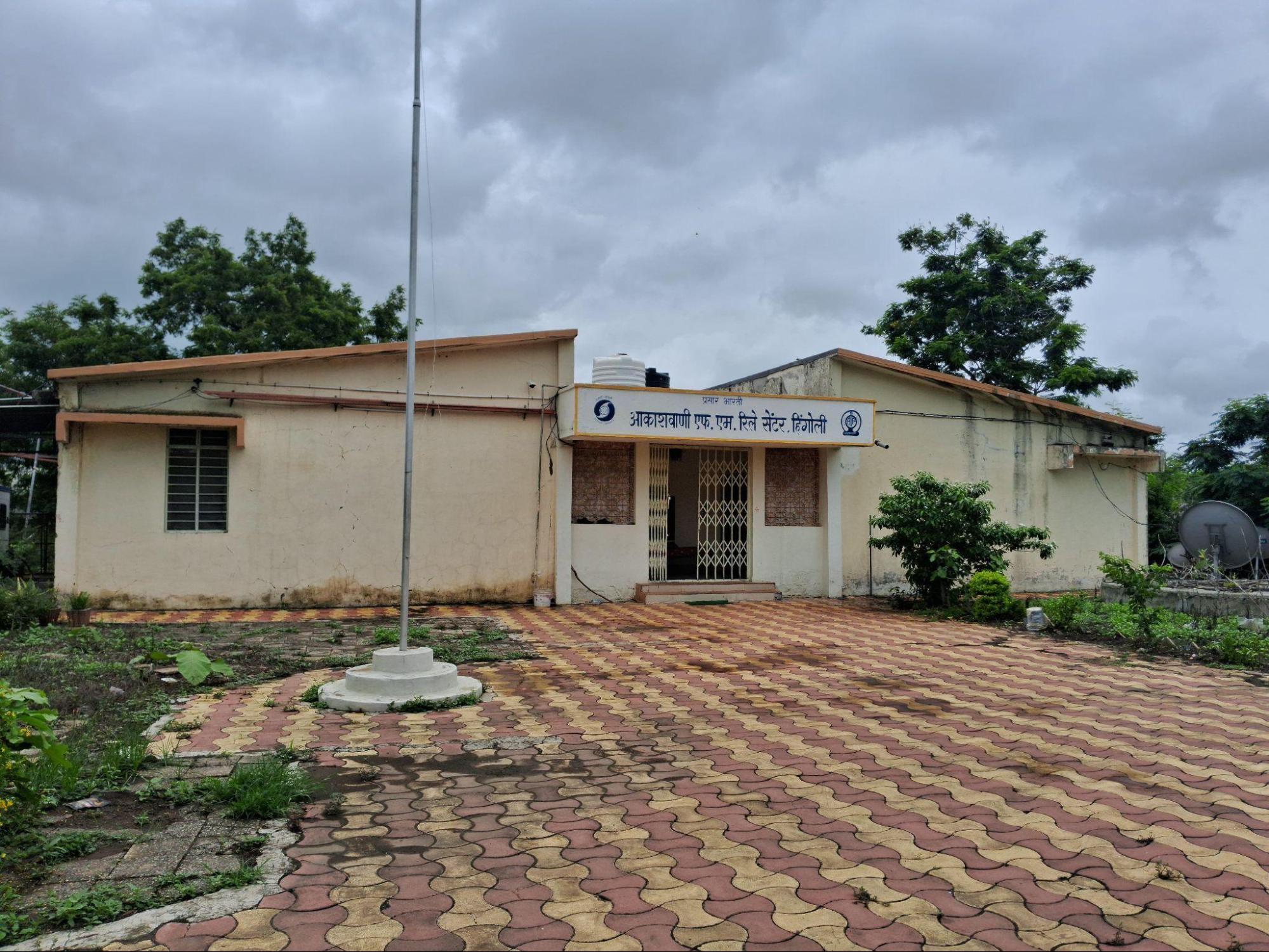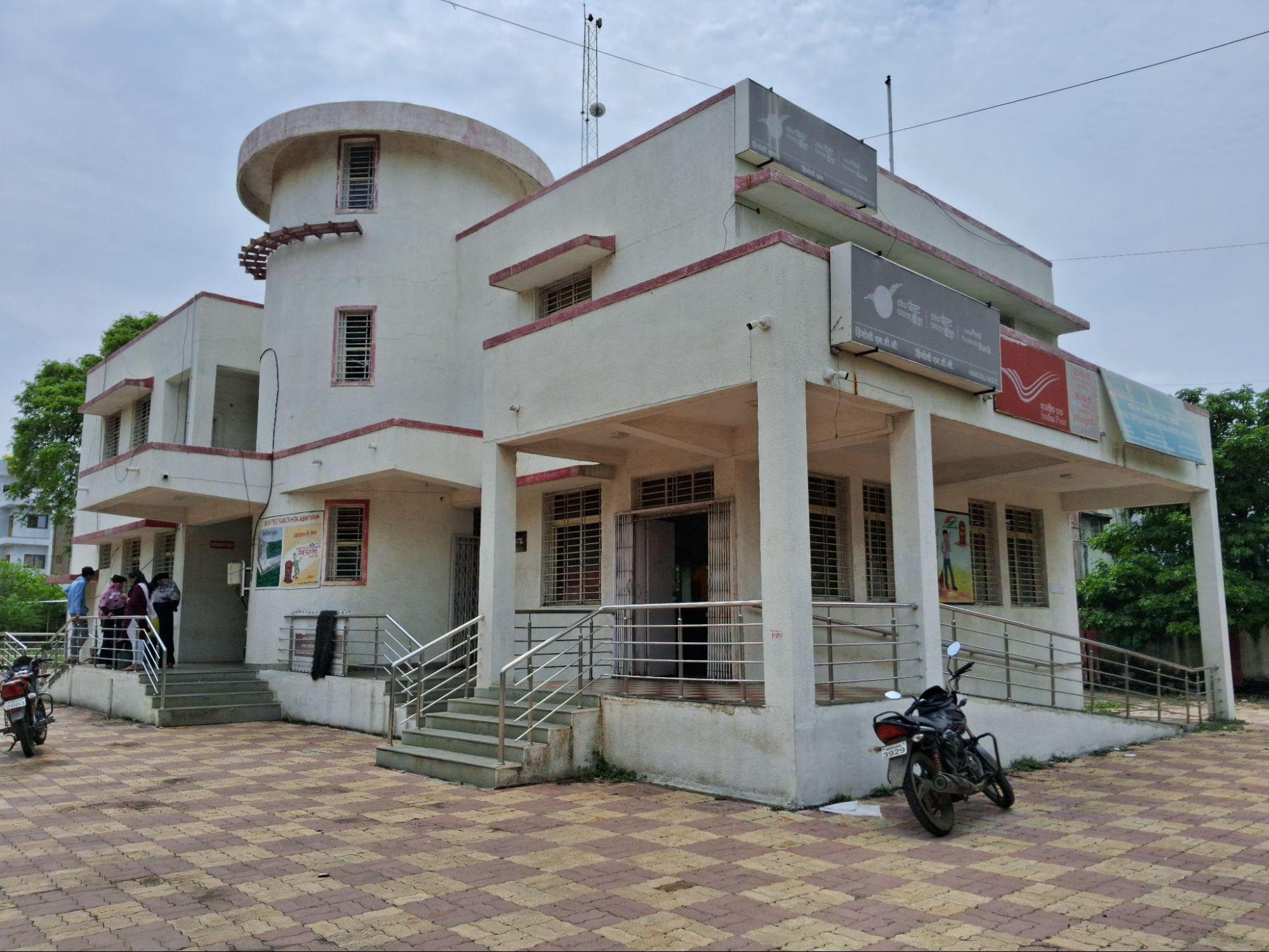Contents
- History
- Modes of Transport
- Train and Rail Systems
- Overview of Bus Networks
- Autos & Shared Vehicles
- Traffic Map
- Communication Networks
- Newspapers & Magazines
- What’s on the Billboards? A Look at Hingoli’s Hoardings
- Radio & Broadcasting
- Post Services
- Graphs
- Road Safety and Violations
- A. Cases of Road Safety Violations
- B. Fines Collected from Road Safety Violations
- C. Vehicles involved in Road Accidents
- D. Age Groups of People Involved in Road Accidents
- E. Reported Road Accidents
- F. Type of Road Accidents
- G. Reported Injuries and Fatalities due to Road Accidents
- H. Injuries and Deaths by Type of Road
- I. Reported Road Accidents by Month
- J. Injuries and Deaths from Road Accidents (Time of Day)
- Transport Infrastructure
- A. Household Access to Transportation Assets
- B. Length of Roads
- C. Material of Roads
- D. Licenses Issued
- Bus Transport
- A. Number of Buses
- B. Number of Bus Routes
- C. Length of Bus Routes
- D. Average Length of Bus Routes
- E. Daily Average Number of Passengers on Buses
- F. Revenue from Transportation
- G. Average Earnings per Passenger
- Communication and Media
- A. Household Access to Communication Assets
- B. Newspaper and Magazines Published
- C. Composition of Publication Frequencies
- Sources
HINGOLI
Transport & Communication
Last updated on 6 November 2025. Help us improve the information on this page by clicking on suggest edits or writing to us.
History
In earlier times, transportation in Hingoli mainly relied on non-mechanized means such as bullock carts, horse carts, and walking, especially in rural areas with limited roads. Later, locals say cycle rickshaws and kerosene-powered rickshaws (locally called tam-tams) became common in towns.
In the 20th century, changes in Hingoli’s road infrastructure were recorded alongside wider improvements in the region’s transport network. During this time, road construction was guided largely by the need to move agricultural produce from village farms to larger markets and railway heads. According to the Parbhani district Gazetteer (1967), by 1914 the Hingoli–Kanhergaon road became an important route that connected Hingoli with the productive plains of Berar (now Vidarbha). This helped transport cotton, grains, and other crops more efficiently to trade centres. The Chondhi–Aundha road, also built around the same time, linked smaller rural communities to local bazaars and administrative centres, supporting both trade and everyday travel. It is important to note that until 1999, Hingoli formed part of Parbhani district, and many early road developments were planned and documented under that larger unit.
These early routes laid the base for Hingoli’s transport network, opening up areas that had previously been harder to reach and setting the pattern for further improvements in local connectivity in the decades that followed.
Modes of Transport
Train and Rail Systems
Hingoli is currently served by the Central Railway zone, under the Nanded division, which connects the district to nearby cities and regions through a network of 14 stations. Hingoli Deccan is the main railhead, classified as Grade C station, and handles around 34 trains daily, supporting both passenger movement and goods transport across broader routes.

Before 1999, Hingoli formed part of Parbhani district and, like the wider Marathwada region, was under the Hyderabad State ruled by the Nizam until 1948. As a result, Hingoli’s early railway lines were planned and operated as part of the Nizam’s Guaranteed State Railway (NGSR). One key stretch, the Purna–Hingoli–Akola section, linked local settlements and farmland to the larger corridor running between Manmad in northern Maharashtra and Secunderabad (Kacheguda) in the south. This connection strengthened trade by moving cotton, grain, and other goods from local markets to major commercial centres.
After Hyderabad State was integrated into India following the Police Action of 1948, the Nizam’s railway network was absorbed into Indian Railways and later included in Central Railway. Hingoli’s rail connections continue to play an important role in linking the district to regional trade routes and neighbouring states.
Overview of Bus Networks
The Maharashtra State Road Transport Corporation (MSRTC) operates the main bus network in Hingoli, connecting towns and villages within the district and to neighbouring regions. Services include short routes within Hingoli city and longer routes to places such as Aundha-Nagnath and Narshi Namdev, supported by local road development over time.

Autos & Shared Vehicles
Within Hingoli city, auto-rickshaws are a common mode of short-distance transport. Drivers generally do not use meters, and fares are set by local custom, depending on distance and negotiation. Locals say app-based cab services such as Ola and Uber are not currently available in the district. Instead, shared autos and rental rickshaws offer an affordable and convenient option for many residents, especially for daily travel between neighbourhoods and nearby villages.
Traffic Map

Communication Networks
Newspapers & Magazines
Hingoli has a small but active network of local newspapers covering district news, agriculture, livestock markets, and local notices. Local news appears through district editions or city pull-outs of larger Marathi newspaper groups such as Hello Hingoli (Lokmat), Hingoli Live, and Hingoli Parbhani (Punya Nagari) focus on everyday issues relevant to the district’s residents.


The weekly Marathwada Sansar, edited by Mr. Samshewalkar, extends this coverage to wider issues across the Marathwada region. Locals say that with broadband still limited in many parts of the district, newspapers remain a daily source of local news for most households.
What’s on the Billboards? A Look at Hingoli’s Hoardings
Billboards and hoardings are a common sight along Hingoli’s main roads and town centres. Most display commercial ads for local shops, restaurants, coaching classes, and showrooms.
Government hoardings are also frequent, announcing welfare schemes, public health messages, or new initiatives. During election seasons, political banners appear alongside commercial ads. Locals say that a noticeable trend that one can see in recent years when it comes to advertising in Hingoli City particularly is the number of large banners advertising NEET preparation classes. This perhaps points to a growing interest in medical entrance coaching among students in the area.

Radio & Broadcasting
When it comes to Radio and Broadcasts, locals say that Hingoli does not yet have a full-fledged local FM radio station with its own studios and local programming. Instead, a small relay station, which began operating on 28 April 2023, broadcasts at 100.1 FM with a range of about 10 km. This relay transmits content produced by Asmita Vahini Mumbai, covering Hingoli town and nearby areas.
For more variety, residents often tune in to radio channels from nearby cities such as Parbhani and Nanded, although private FM stations do not have a dedicated presence in the district.

Post Services
Postcards and inland letters still see regular use in Hingoli, especially for official notices and communication between households without regular internet access. Many government offices continue to send reminders or local updates by postcard.
Hingoli’s post offices also remain an important option for savings and small deposits. Many residents prefer post office accounts and schemes such as the Public Provident Fund (PPF) or Sukanya Samriddhi Yojana (SSY) for their reliable returns and tax benefits. In areas where conventional bank branches are limited, the post office provides basic financial services that people trust for secure savings.
.

Graphs
Road Safety and Violations
Transport Infrastructure
Bus Transport
Communication and Media
Sources
P. Setu Madhava Rao ed.. 1967.Parbhani District Gazetteer. Directorate of Government Printing, Stationery and Publications, Maharashtra State, Mumbai.https://archive.org/details/dli.csl.3369/mod…
World Health Organization.Road Safety.WHO, Geneva.https://www.who.int/health-topics/road-safet…
Last updated on 6 November 2025. Help us improve the information on this page by clicking on suggest edits or writing to us.